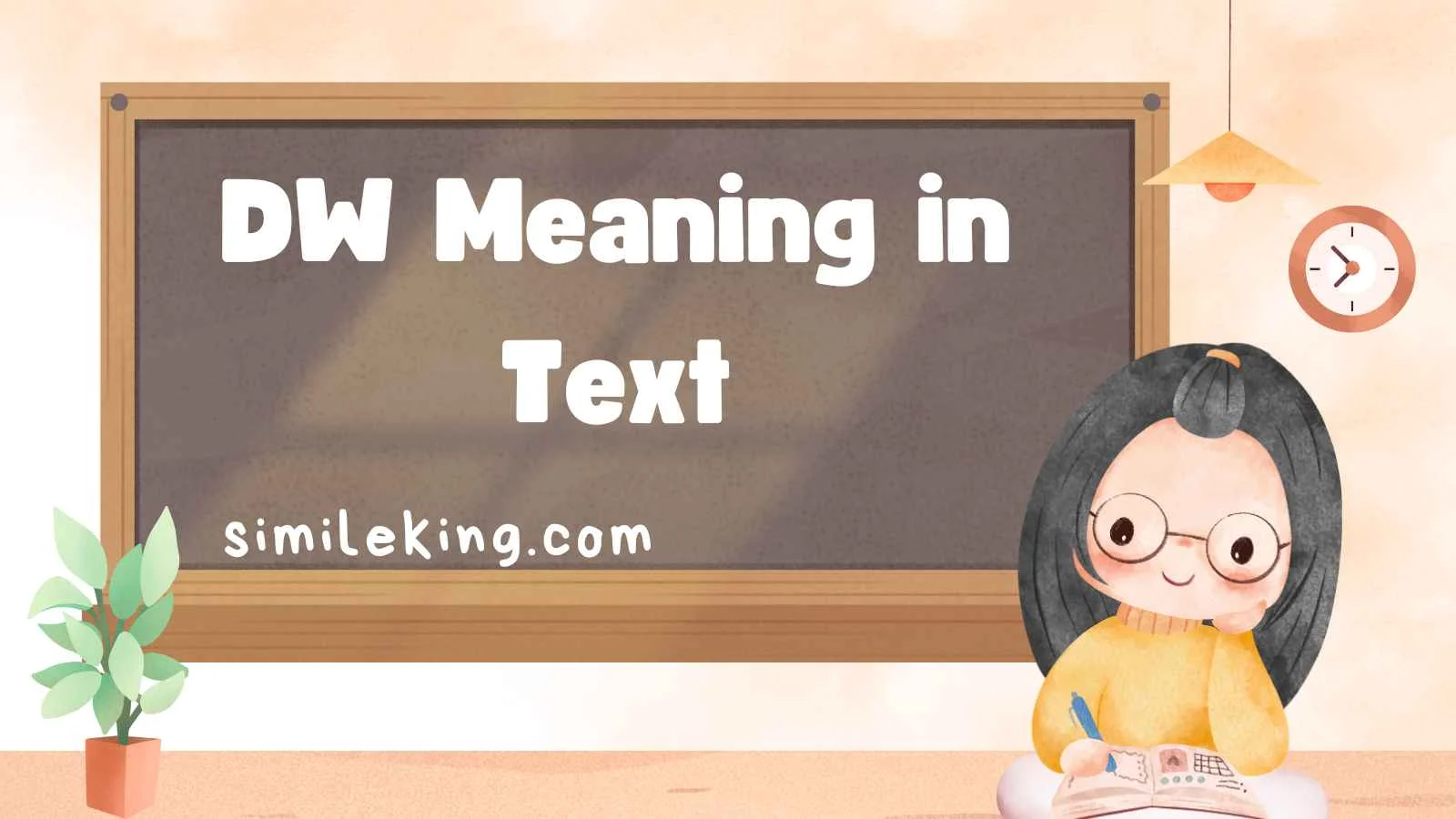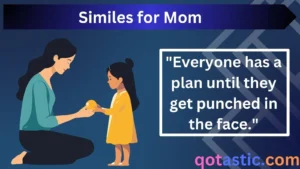Language in the digital world moves faster than ever. Short forms, slang, and acronyms dominate online conversations, and staying updated is essential if you want to communicate clearly across social media, texting, and professional platforms. One such abbreviation that continues to appear everywhere is “DW.”
In 2025, the meaning of DW in text remains simple but widely versatile—it stands for “Don’t Worry.” While that might seem straightforward, the way you use DW can shift dramatically depending on the context. In some cases, it conveys reassurance; in others, it carries casual indifference, and in certain formal settings, it may even appear unprofessional if used without care.
This article goes far beyond just giving you the meaning. We’ll explore:
- The definition of DW in text (with updated 2025 usage insights).
- The tone and nuance behind DW in different contexts.
- Polite, professional, and casual alternatives you can use instead of DW.
- 10 well-crafted texting examples to show how DW looks in real conversations.
- Guidance on choosing the best expression depending on the situation.
By the end, you’ll not only know what DW means but also how to master it and its alternatives for every type of conversation—whether you’re texting a friend, messaging a colleague, or responding in a group chat.
What Does DW Mean in Text?
In 2025, DW most commonly stands for “Don’t Worry.” It is used to reassure someone that a situation is under control, that an apology is unnecessary, or that a mistake isn’t a big deal.
For example:
- Friend A: “Sorry I’m running late.”
- Friend B: “DW, I’m still on my way too.”
But unlike some other texting slang, DW is not limited to just reassurance. It can also imply:
- Politeness – calming someone who is concerned.
- Casual dismissal – brushing something off lightly.
- Warmth – showing kindness and empathy.
- Indifference – depending on tone, it can feel dismissive if overused.
That’s why context matters. The same “DW” can either comfort someone or sound like you don’t care.
Why Understanding DW Matters in 2025
With texting, WhatsApp chats, Slack messages, and even short workplace updates on platforms like Microsoft Teams, acronyms save time—but they also risk miscommunication.
In 2025, professionals and students alike juggle digital communication across:
- Formal work chats (where tone matters).
- Group texts (where speed matters).
- Casual social media (where vibe matters).
Knowing how and when to use DW correctly helps you avoid misunderstandings, especially in professional or multicultural conversations where abbreviations may be unfamiliar.
Alternatives to DW: Formal, Polite, and Casual Options
While “DW” is useful, it isn’t always the best choice. Sometimes you need a more polite phrase, a warmer tone, or a professional alternative that avoids looking careless. Below are categories of DW alternatives you can use.
1. Polite Alternatives to DW
These work well in conversations where you want to reassure someone without sounding dismissive.
- “It’s no problem at all.”
- “Please don’t worry about it.”
- “No need to stress.”
2. Professional Alternatives to DW
In emails, workplace chats, or academic settings, professionalism matters more than speed.
- “No issue at all.”
- “That’s completely fine.”
- “Please don’t give it another thought.”
3. Casual Alternatives to DW
When chatting with friends, you can stay lighthearted and relaxed.
- “No biggie.”
- “All good.”
- “No worries!”
Nuances of Tone: When to Use DW vs. Alternatives
The biggest mistake people make is assuming that DW always sounds the same. In reality, tone changes everything. Let’s break it down:
- Friendly & Reassuring: “DW, I’ve got it covered.” (Sounds kind and helpful.)
- Dismissive: “DW.” (One-word reply may feel cold.)
- Professional Politeness: “Please don’t worry, everything is under control.” (Sounds calm and respectful.)
- Casual & Warm: “No worries, you’re good.” (Sounds relaxed and empathetic.)
Always read the situation before choosing whether to use DW or an alternative.
10 Examples of DW and Its Alternatives in Text
Here are real-life texting examples showing how DW and its alternatives can be used across casual, polite, and professional settings:
- Friendship Reassurance
- Text: “Sorry I forgot to call you back.”
- Reply: “DW, I know you’re busy.”
- Professional Setting
- Text: “Apologies for the late submission.”
- Reply: “No issue at all, thank you for sending it now.”
- Casual Fun
- Text: “I spilled my drink on the couch 😅”
- Reply: “Haha DW, it happens!”
- Supportive Tone
- Text: “I’m nervous about tomorrow’s presentation.”
- Reply: “DW, you’ll do great—I believe in you.”
- Polite Encouragement
- Text: “Sorry I missed the meeting.”
- Reply: “Please don’t worry, we’ll catch you up.”
- Family Comfort
- Text: “I think I upset Mom earlier.”
- Reply: “DW, she knows you didn’t mean it.”
- Workplace Slack Message
- Text: “Sorry for the delay on this task.”
- Reply: “That’s completely fine, thanks for updating us.”
- Group Chat Casualness
- Text: “Oops, sent that to the wrong group!”
- Reply: “Lol all good, DW.”
- Relationship Warmth
- Text: “Sorry I couldn’t join dinner tonight.”
- Reply: “DW, we’ll go out another time 💕”
- Teacher to Student
- Text: “Sorry, I forgot my homework.”
- Reply: “Please don’t worry, just bring it tomorrow.”
How to Choose the Best Alternative
When deciding between DW and its alternatives, ask yourself three questions:
- Who am I texting?
- Friend? Casual “DW” works fine.
- Boss? Choose a professional version.
- What is the context?
- Serious mistake? A warmer or more polite phrase is better.
- Minor issue? “DW” or “No worries” is perfect.
- What tone do I want to set?
- Comforting? Use a supportive version.
- Relaxed? Keep it short and casual.
- Respectful? Opt for formal alternatives.
DW in 2025: Trends and Shifts
Interestingly, in 2025, some younger audiences have started using emojis alongside DW for added tone clarity. For example:
- “DW 😊” (friendly reassurance)
- “DW lol” (casual, humorous dismissal)
- “DW ❤️” (warm emotional support)
Meanwhile, professionals are leaning toward avoiding acronyms like DW altogether in emails or client communication, preferring full phrases for clarity.
This trend suggests that while DW is here to stay in casual contexts, alternatives are growing in importance for professional and cross-generational conversations.
Final Thoughts
The meaning of DW in text is simple—it means “Don’t Worry.” But as we’ve explored, the real mastery lies in knowing how to use it well.
- Use DW for quick, casual reassurance.
- Choose polite or professional alternatives in formal contexts.
- Always adjust based on tone, audience, and situation.
By expanding your vocabulary beyond just “DW,” you’ll communicate more clearly, avoid misunderstandings, and connect with people in a way that feels natural and respectful.





